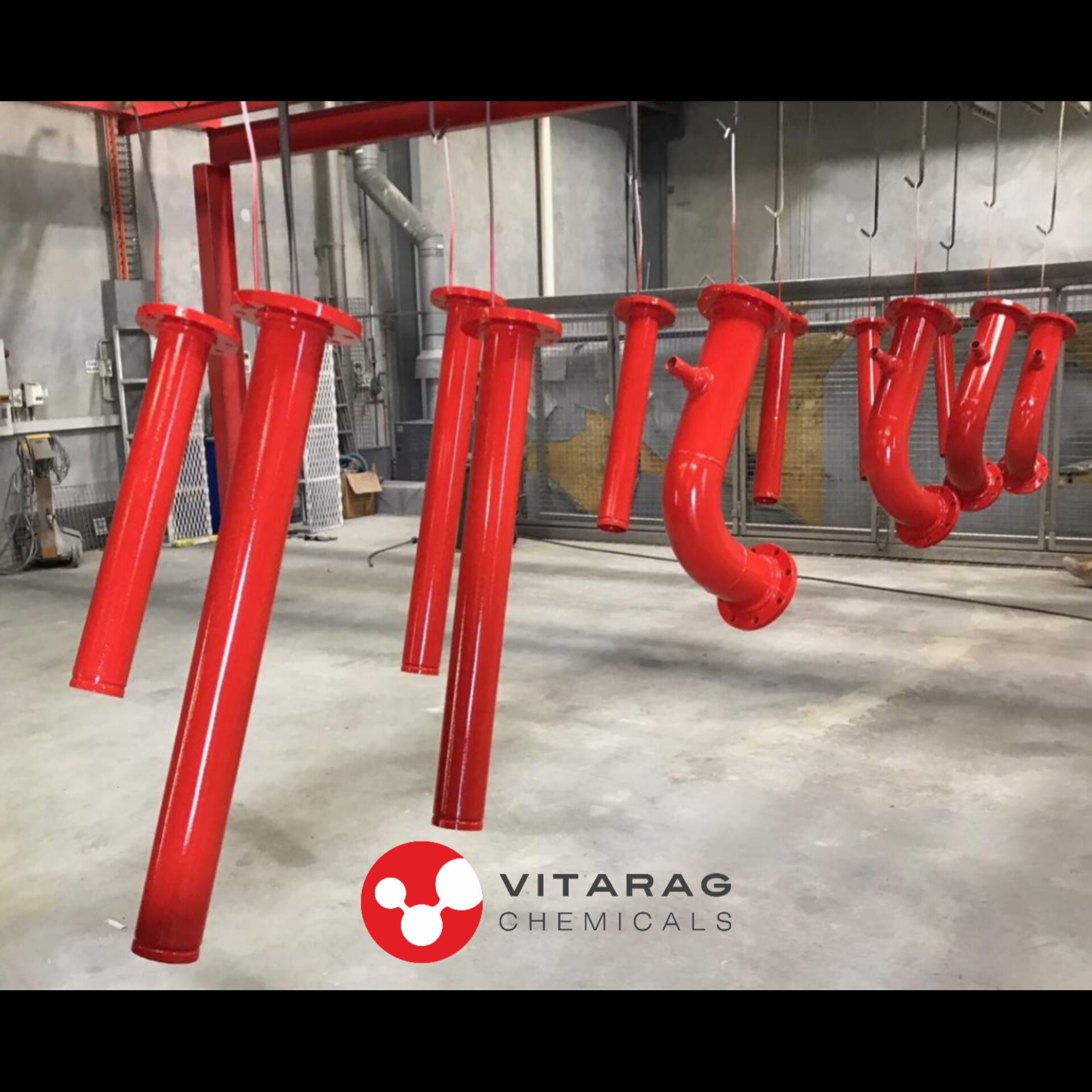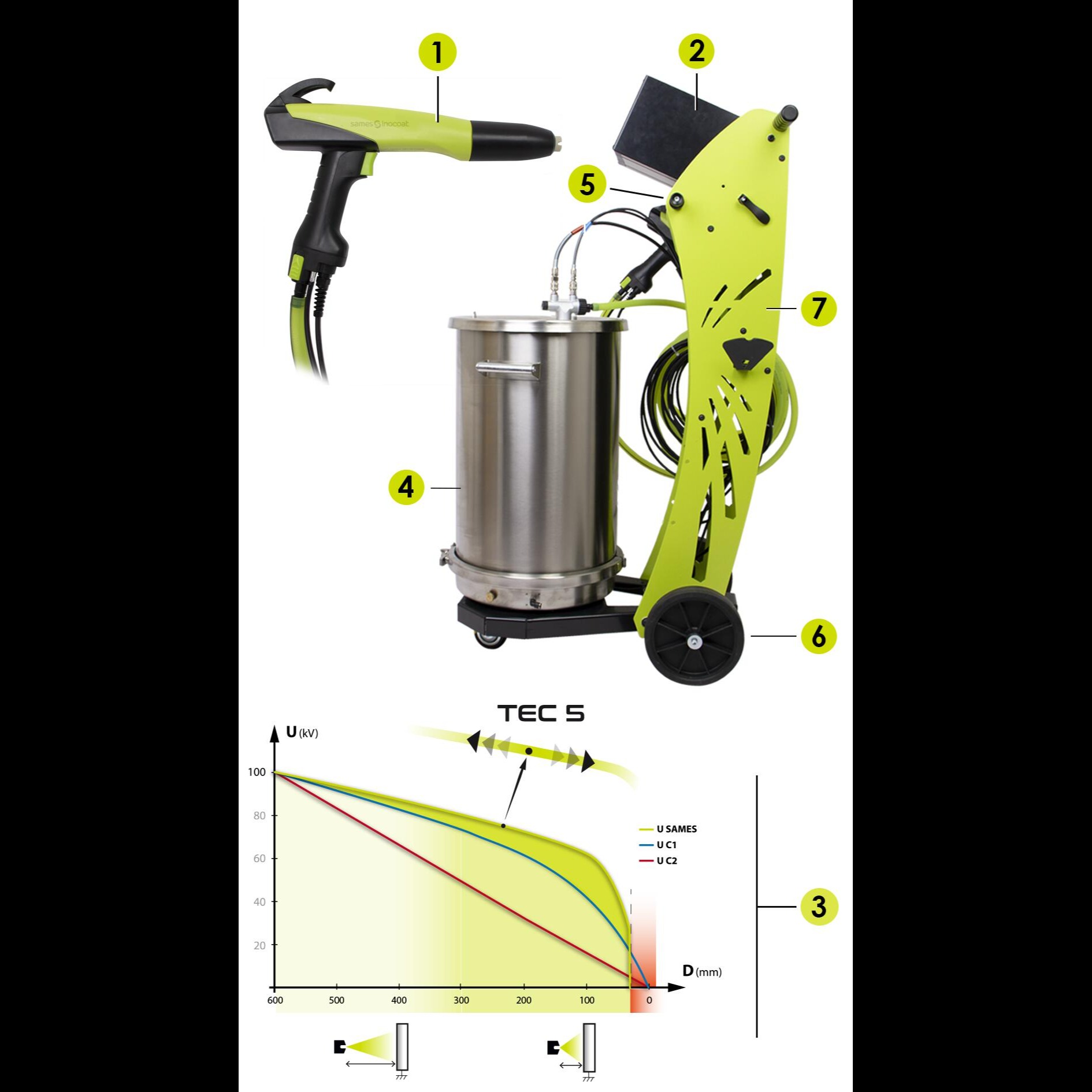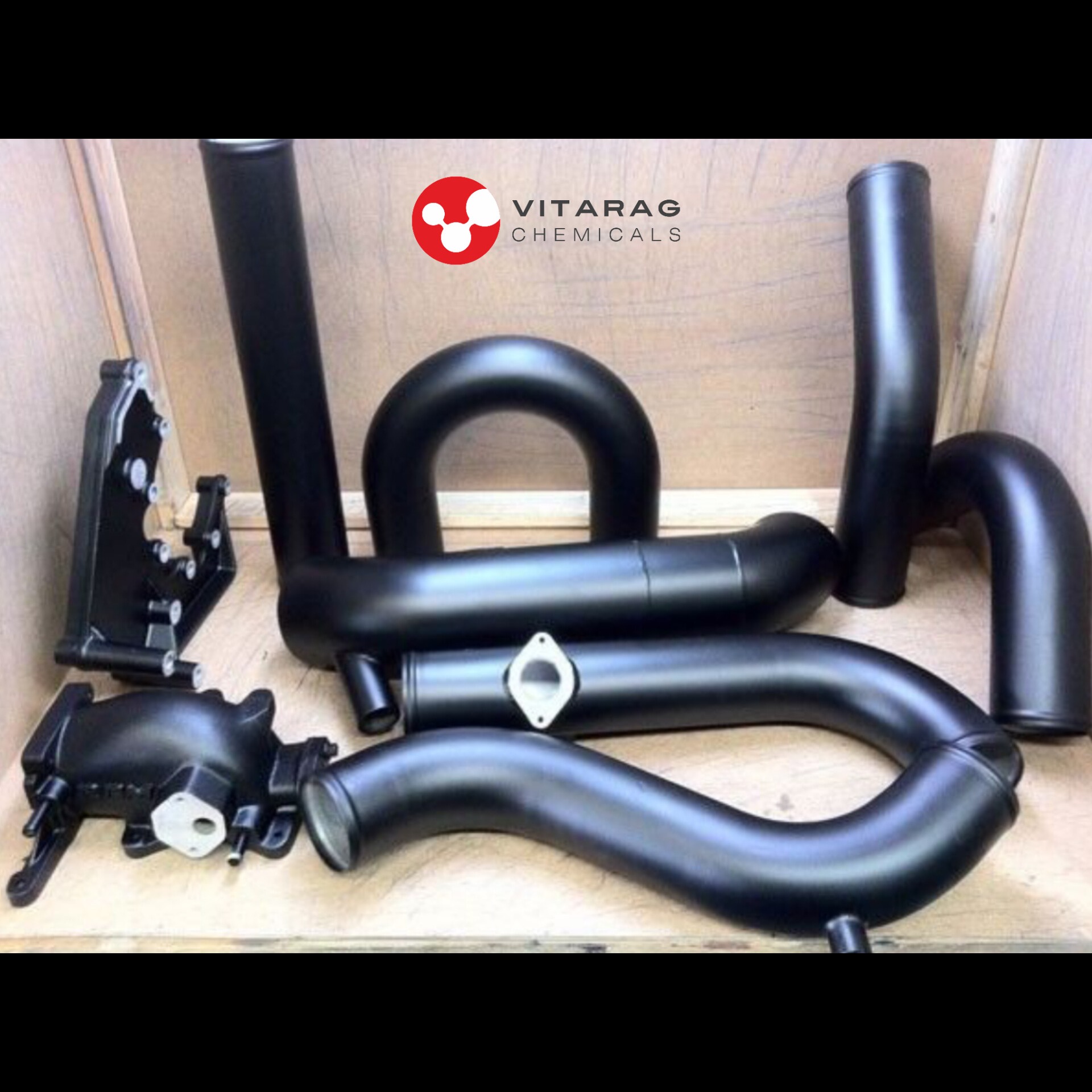
How Chemical Paint Stripper works?
- Vitarag Chemicals is a renowned manufacturer of PCR 01
- A chemical paint stripper works by breaking the bond between paint (or coating) and the surface underneath, allowing the paint to be easily scraped or washed away. The process varies depending on the type of stripper (solvent-based, caustic, or biochemical), but all follow the same basic principle: softening or dissolving the paint layer.
* How Chemical Paint Stripper Works
1. Penetration
- The active ingredients in the stripper penetrate the paint layers, reaching down to the primer or substrate.
- Thicker or multiple paint layers take longer to penetrate.
2. Breakdown of Bonds
- The chemical breaks the molecular bonds in the paint resin or binder (e.g., acrylic, alkyd, polyurethane).
- This causes the paint to bubble, soften, or wrinkle.
3. Separation from Surface
- Once the paint loses adhesion, it can be scraped, brushed, or rinsed off, often in sheets or flakes.
4. Neutralization (Optional)
- Some chemical strippers (especially caustic types) may require neutralization (e.g., with water, vinegar, or a special agent) before repainting. #Paint Stripper Chemical manufacturer of PCR 01
Keywords
pcr 01
molecular bonds
special agent
water vinegar
require neutralization
chemical strippers
scraped brushed
wrinkle 3 separation
bubble soften
paint resin
chemical breaks
penetrate 2 breakdown
substrate thicker
active ingredients
paint layer
easily scraped
renowned manufacturer
caustic types
stripper penetrate
paint loses adhesion
multiple paint layers
paint layers reaching
stripper solventbased caustic
surface underneath allowing
acrylic alkyd polyurethane
basic principle softening
process varies depending




